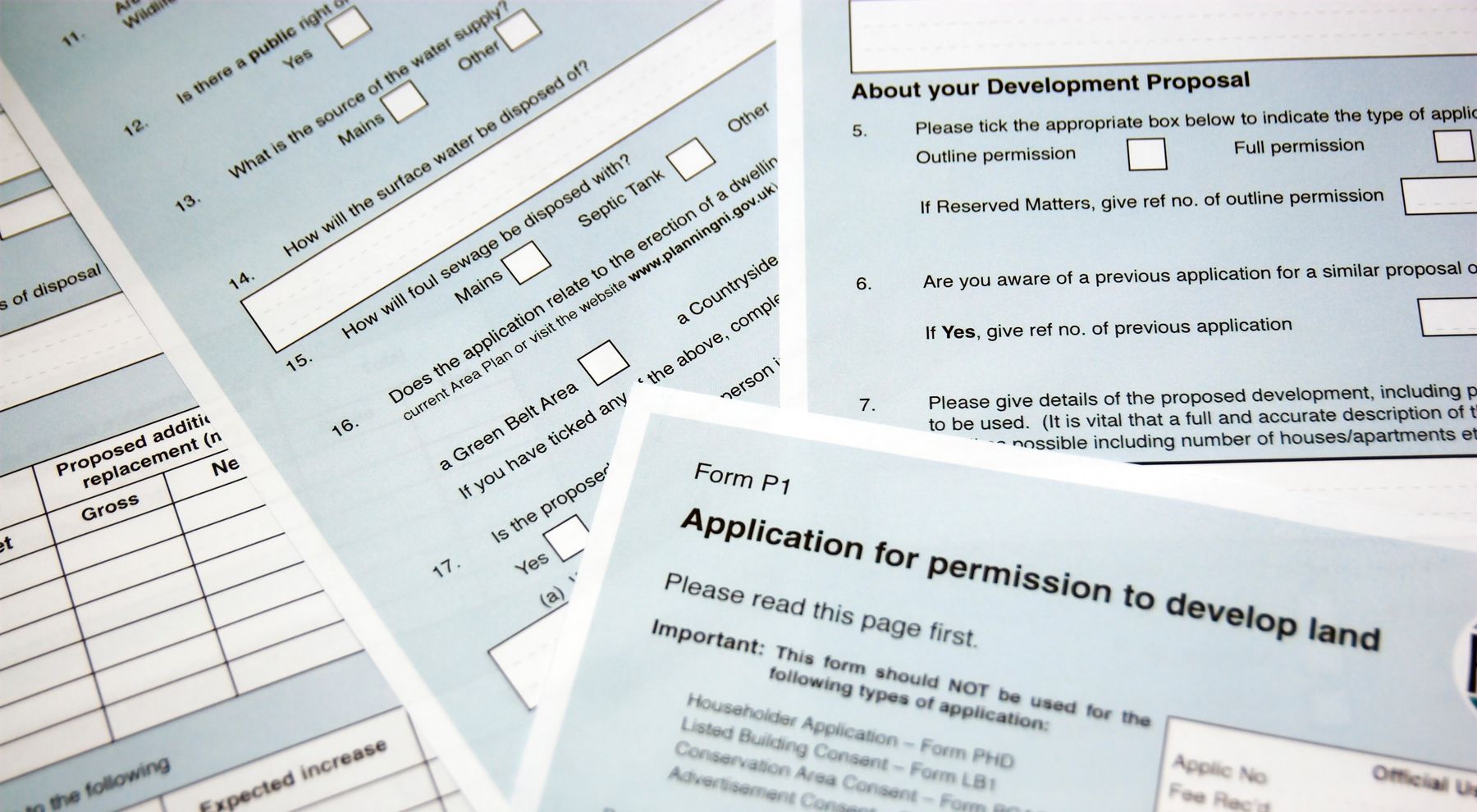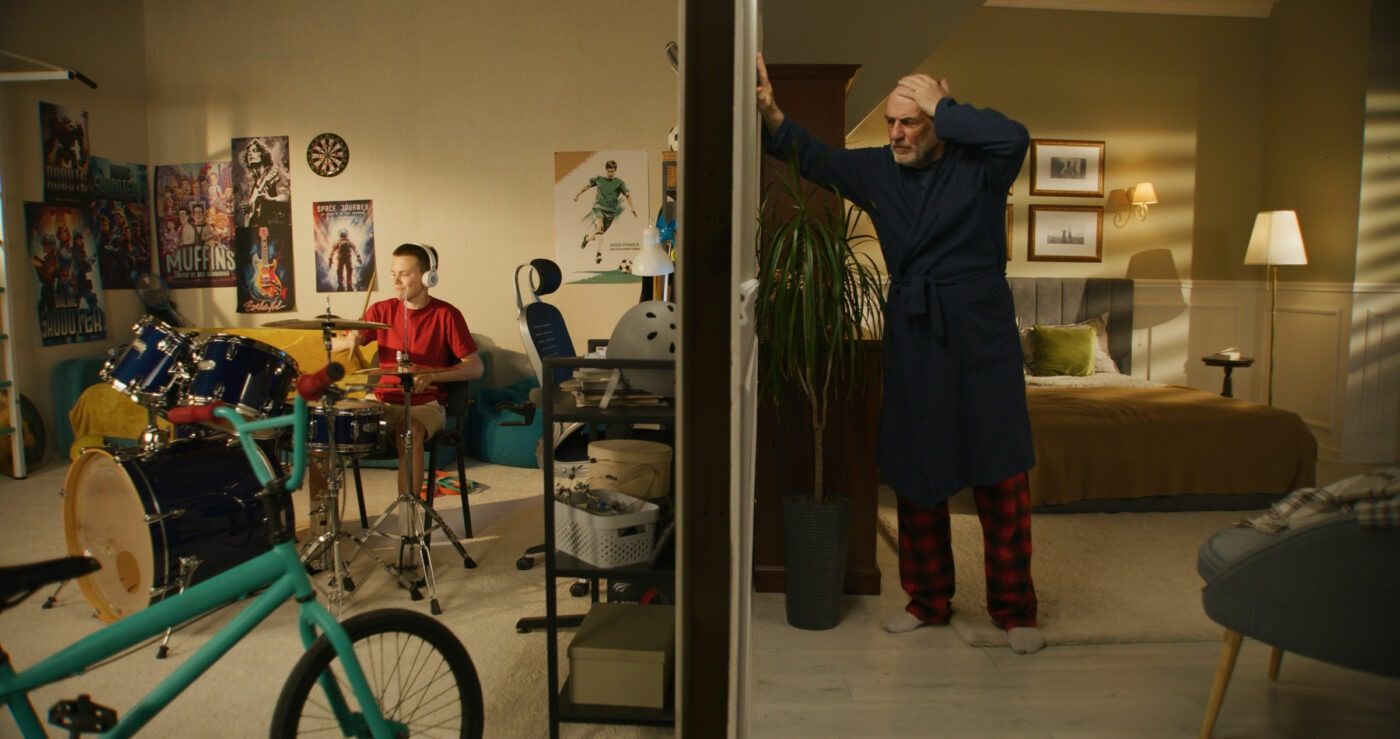How to Prevent Dilapidation Cases: Tips for Tenants and Landlords

Whether you’re a landlord letting out one of your properties or a tenant, dilapidation cases can become very complicated when the right action is not taken. Wear and tear is a common occurrence in properties. Day to day living means scuffs and scratches happen, but dented walls and broken fixtures are a different story.
Here are some top tips for preventing dilapidation cases from arising.
Evidence is key when it comes to spotting damage. As a landlord, you should always take photos of the condition of your home before a new tenant moves in and tenants should do the same at the beginning and end of their tenancy. This can prevent disagreements from occurring if one party blames another. With evidence in hand, you can back up your claim quickly.
Property inspections are very common when letting a property. Not only does it show the landlord that you’re treating their property well, but landlords can get peace of mind too. If you manage your property through a letting agent, inspections can be done on your behalf and this is also the perfect opportunity for any repair or damage to be reported before they progress.
As a tenant, before you open a dilapidation case make sure you check the contract. You should always look at your contract thoroughly so you understand where your responsibilities lie and can raise any concerns. Landlords should also make it as clear as possible so there are no misunderstandings. If you have not set out clear boundaries, you may find that your tenants care less about how they are treating your property.
Need help with your dilapidation problems? At Simon Levy , our team of professional surveyors will assess your situation and offer expert advice on how to come to a resolution. Don’t let unfair claims or severe damage leave you out of pocket. Get in touch with our surveys today, working across Borehamwood, Barnet and Watford.











